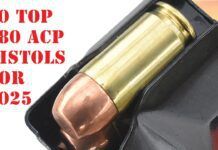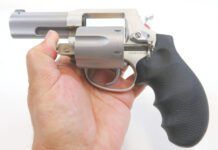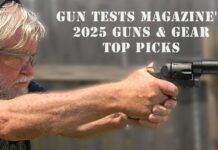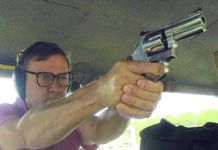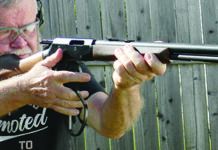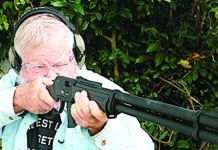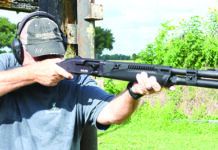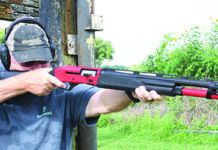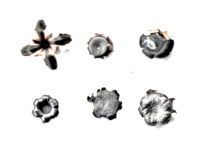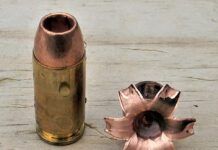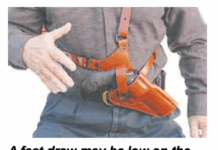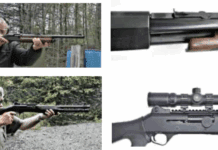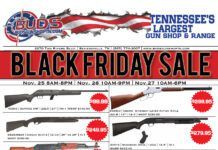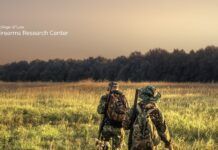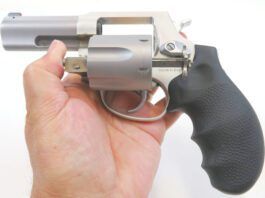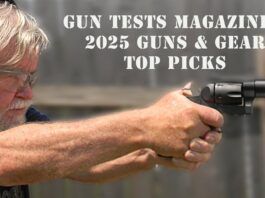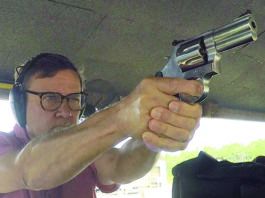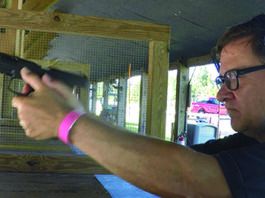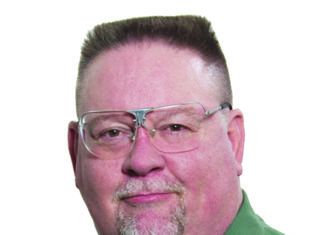The Return of the Dan Wesson Model 15
Kahr Arms Introduces the CW380 ACP Pistol
Colt Partners With Lasermax,Offers Centerfire Laser Series for Colt Mustang
Glock Unveils New 30S Pistol Model For 2013
Ruger Super Redhawk Grip Upgrade
The results of my tests showed that the Ruger Super Redhawk was a fine piece. But, I wasn't impressed with the supplied grip in terms of soaking up recoil.
SHOT Show Auction Features Smith & Wesson Semi-Auto Handguns
BATF Signs Up Finland in eTrace Program
Elite Tactical Unit: S.W.A.T. Debuts This Week on Outdoors Channel
Eagle Imports Bringing in Mac 1911 Bobcut Pistols for 2013
Illinois Gun and Magazine Ban Measures Move Out of Committee
FBI Reports Record Gun Sales Last Month — Up 1 Million over December 2011
S&W Model 438 Bodyguard 38 Special
It's clear that Smith & Wesson figures there's still a viable market for the snubnose 38, because it came out with a new revolver in 2010 called the Bodyguard 38, usurping the name of the previous Bodyguard with shrouded hammer. The new Bodyguard 38 comes with an 'integral' laser sight, and the gun vies with the Centennial Airweight for looks, charm, effectiveness, concealability, and price.
We acquired a new Bodyguard 38 No. 103038, $625. The gun was a S&W five-shot 38 Special, and had a 1.9-inch barrel. Our prime interest was to see if the newer, more expensive Bodyguard was worth the money when proven, perfectly servicable older guns are readily available at gun stores, pawn shops, and gun shows.


